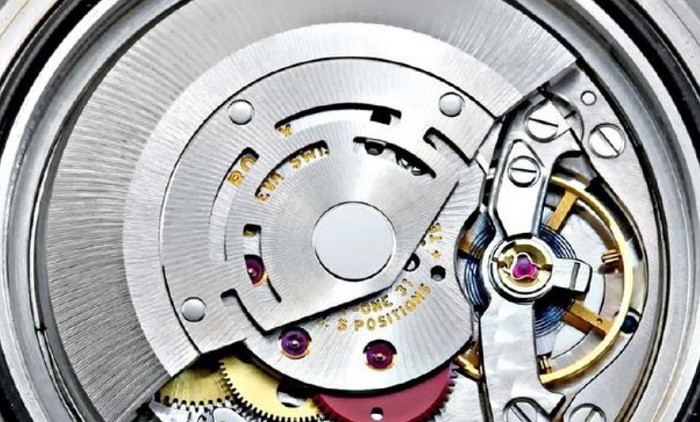


The most important thing to customize a watch is the choice of movement. Different movements will bring different feelings to your watch. The most well-known in the world is the Swiss movement, while the Japanese movement is also widely used. What is the difference between them?
Swiss movements are generally more beautifully designed, while Japanese movements are manufactured with more attention to precision and accuracy. Swiss movements are highly regarded by many watchmakers and collectors. The decoration is an important part of the Swiss mechanism, from the way the metal is cut to the color of the jewelry, every aesthetic detail is considered during the design and manufacturing process. For the most part, the Swiss still use hand assembly for certain caliber models, which affects the price of the movement. Japanese movements are manufactured slightly differently, mostly on automated robotic production lines, but this is a much lower degree of error than just seeing with the naked eye.

The difference between Swiss movement watches and Japanese movement watches is far more than the above, and also includes the following five aspects:
1. Mid-to-high-end watches generally use Swiss movements, and the Swiss movements used are generally ETA movements, mainly ETA 2892, 2836, and 2824. Japanese movements are generally Citizen and Seiko movements, mainly 9015, 8215, 8205, and NH35.
2. From the appearance point of view, the central axis of the Swiss ETA movement is relatively large, the automatic tow ratio is generally large, and the axis will also be relatively large. Compared with the Japanese movement, it is obviously much smaller.
3. Judging from the number of seconds, the Swiss ETA movement is generally 8 beats per second, the Citizen is 3 beats per second, and other Japanese movements are generally 5 beats per second.
4. In terms of actual error, the ETA movement is relatively stable and accurate, with a power reserve of up to 40 hours a month and an error of about 2 minutes. The service life is relatively long, and the Japanese movement is also very stable.
5. The Swiss movement has a long service life. If it is properly maintained, it needs to be maintained and cleaned every 8 years, and the Japanese movement watches need to be maintained once every 3-5 years. What is the difference between a mechanical watch and a quartz watch? The machine means that it does not need to replace the battery, as long as it is maintained regularly. Compared with quartz watches, the travel time of mechanical watches is susceptible to some time errors due to the influence of gravity. Generally, mechanical watches are calculated by the number of seconds of daily error, while quartz watches are calculated by the number of seconds of monthly error.
The above is the difference between the two movements. If you are looking for a professional watch manufacturer, please contact us.

2F, Building A, Shimei Industrial Park, Dalang Town, Longhua District, Shenzhen, China